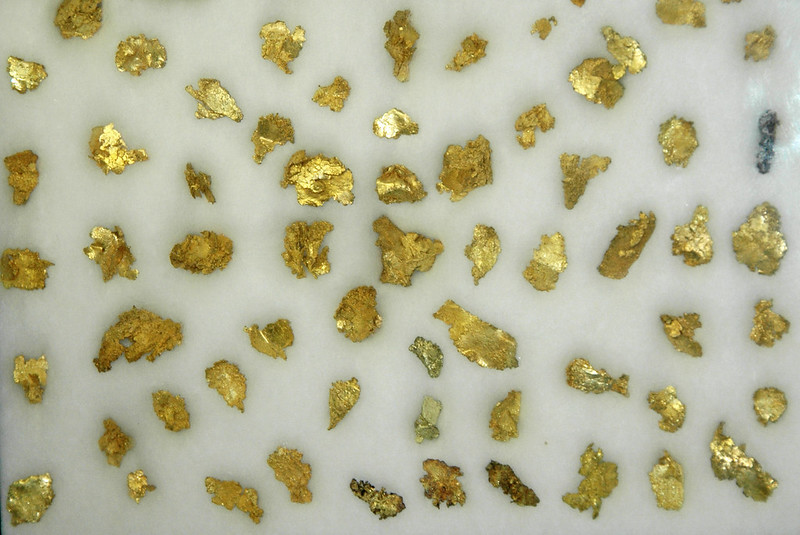One of the oldest crafts, goldsmithing, to this day, combining art and metallurgy together produces products of beauty and value. In this article, we will look at the overall processes and techniques of goldsmithing and traditional tools used in this craft.
Background of Goldsmithing
One of the first civilizations to discover gold was the ancient civilization, over the centuries, gold has discovered to be the best and most malleable metal to make beautiful and durable jewelry and decoration. Egyptians, Greeks, and Romans developed advanced techniques of working with gold, which is in varying aspects used to this day.
The fundamental techniques in goldsmithing
1. Alloying
as gold in its pure form is too soft for most applications goldsmiths alloy it with other metals. They mix gold with other metals during the melting process which can change its color and hardness.
2. Annealing
this process is heating the gold to soften it. When it is soft, it is easy to shape. After the annealing process, it is cooled, and the crystal structure re-establishes alignment but it does not melt.
3. Hammering and Forging
The simplest technique in goldsmithing where the goldsmith user a hammer to shape the metal. Anvils and blocks are used to support the piece. Hammering is done with the metal being cold while forging involves heating the metal before hammering for it to be shaped easily.
4. Soldering
Soldering is used to join pieces of metals. A softer metal, solder, is melted and used to join harder ones. The solder has a lower melting point than the pieces being joined.
5. Finishing
Finishing goldsmith is undertaken to give the jewelry an aesthetic look. Polishing, engraving, and texturing are used to finalize the piece. Polishing of the jewelry is done for a perfect shine or luster. However, engraving and texturing are used to imitate patterns or shapes of creatures.
Essential toolkit for work
Work with metallic materials is not only about designing and cutting. The good jeweler has to have several tools that help with sets of processes.
1. Workbench
Representative center of your workshop around which you organize all space. It is a tough flat surface specially designed to be used for certain procedures.
2. Hammers and mallets
several instruments offering you to do shaping and texturing. All of them slightly differ, having a specially recommendable area of an application.
3. Anvils and stakes
Anvils provide you with an array of a hard surfaces for hammering, and sets of different forms and shapes of stakes let you support your project while forming.
4. Torches
used while annealing and soldering. There is a special one you need for that instrument.
5. Files and abrasives
set of different sizes and grades of the file set of them allows shaping and smoothing the External.
6. Pliers and tweezers
For manipulation with pieces and for delicate accurate crafting.
7. Saw frames and blades
A difficult and made for special use you get a chance to cut without leaving a mark.
8. Engraving tools
Burins and gravers for fine patterns and images.
The creative process.
The path to creating a piece of gold jewelry, as drawn by a goldsmith, starts from a blank page or a mere concept. The goldsmiths select the techniques most suitable for the particular piece and the tools best fit. Modifying a template or creating a bespoke piece, the actions taken always balance on a thin line between premeditation and creative drive.
The future of goldsmithing.
Traditional techniques still underpin the goldsmith craft, but new technologies, such as laser welding and 3D printing, are being integrated. While introducing possibilities for new creative efflorescence and increased efficiency, the spine of knowledge and tactile skills are being passed down through generations.
Conclusion
Goldsmithing is a combination of art and science; it is also an exercise in patience, precision, and creativity. The previous sections have only scratched the surface of the intricate discipline of goldsmithing. Indeed, this ancient art and craft is filled with wonders and brilliant inventions. Whether you dream of a future career in goldsmithing or simply admire the craftsmanship in the jewelry stores, the magic of this art craft is never-ending.



Leave a Comment